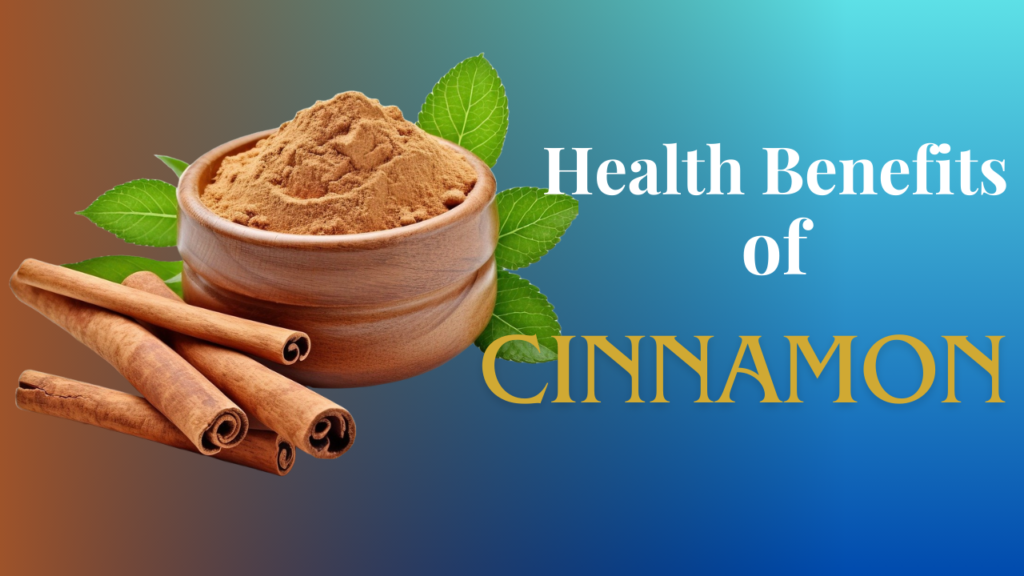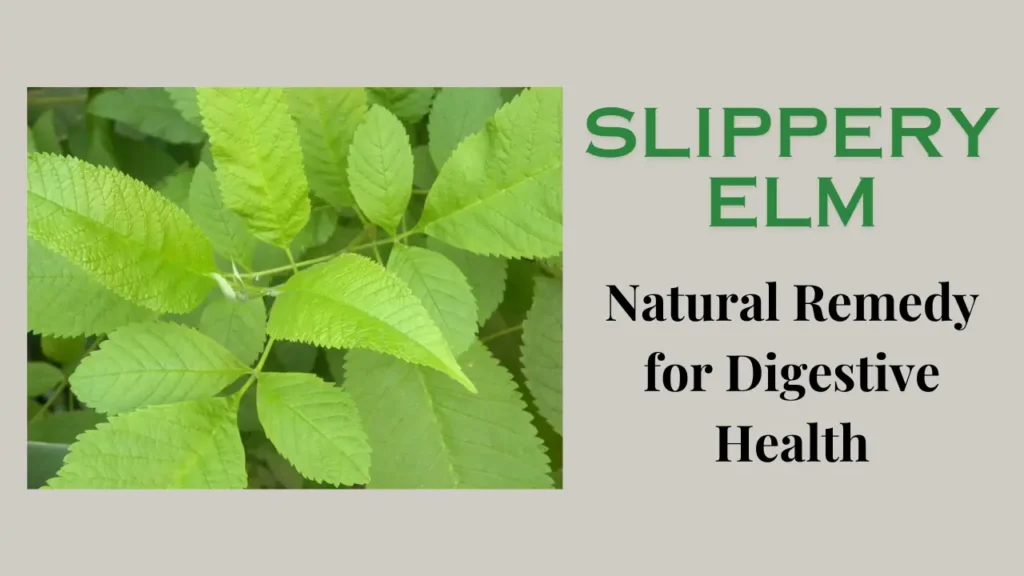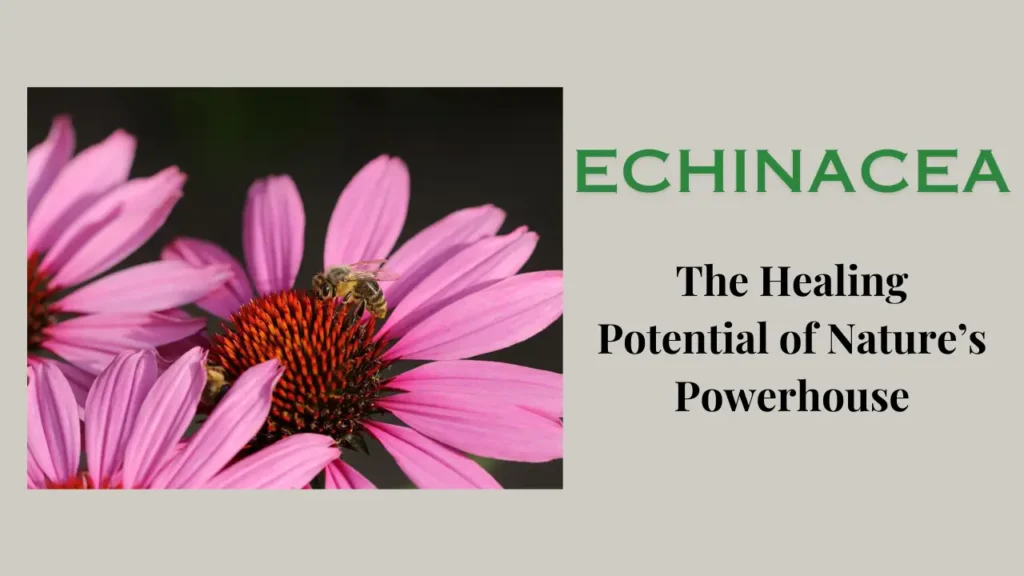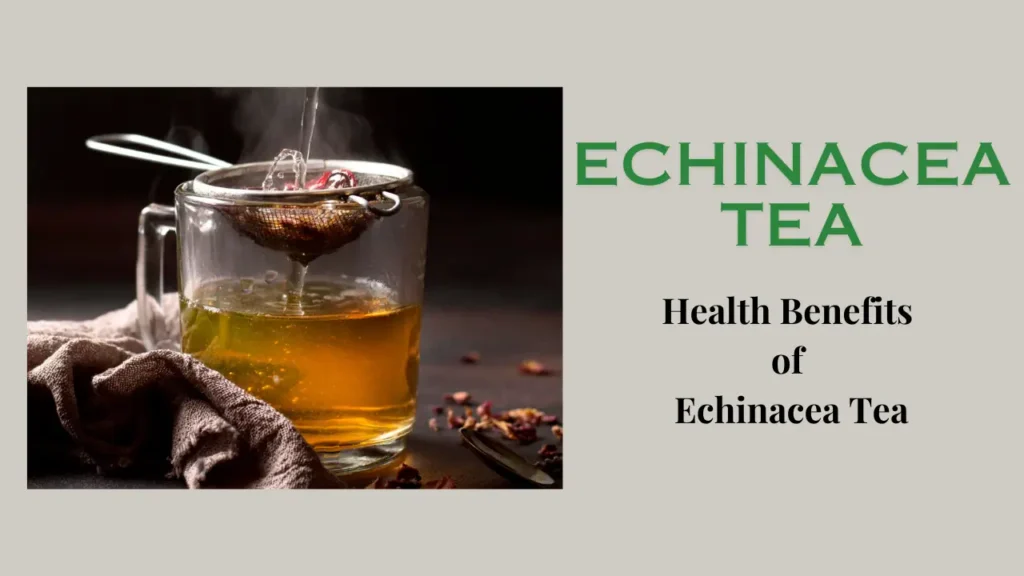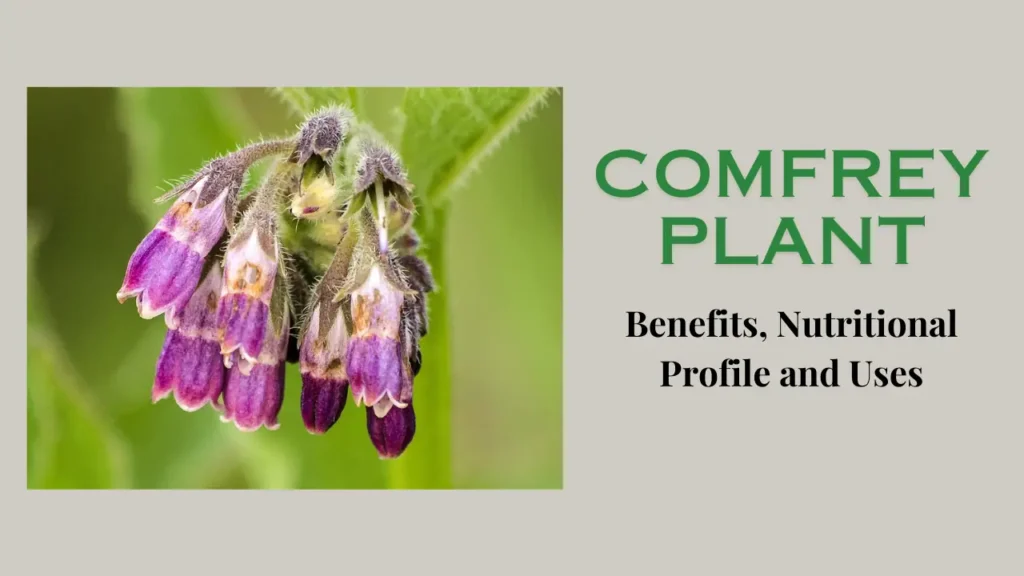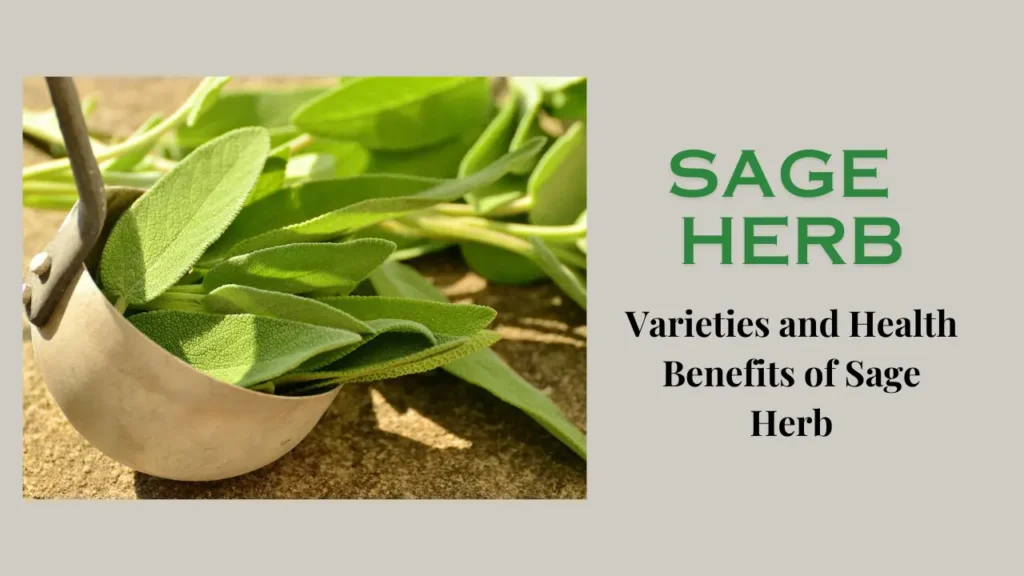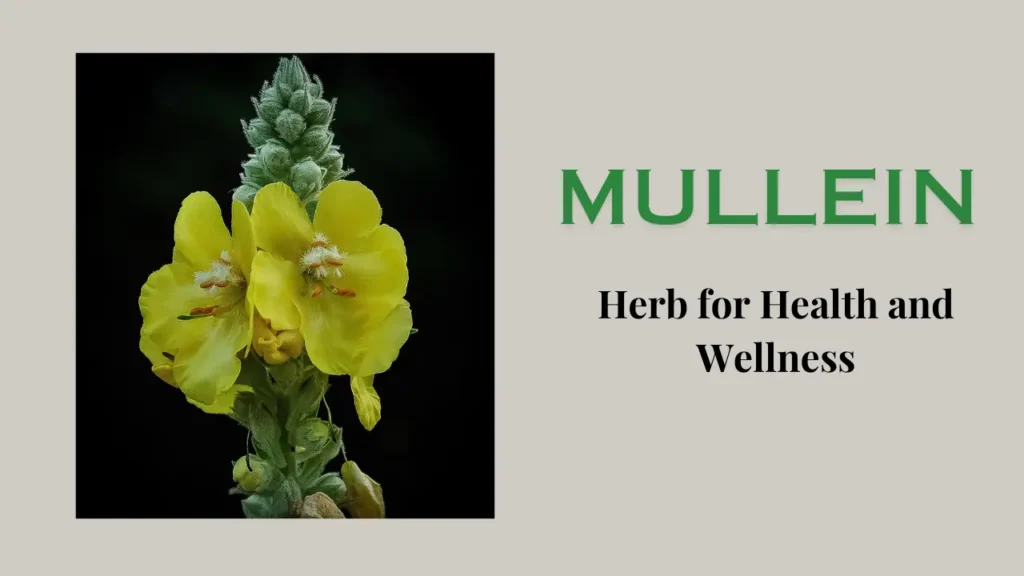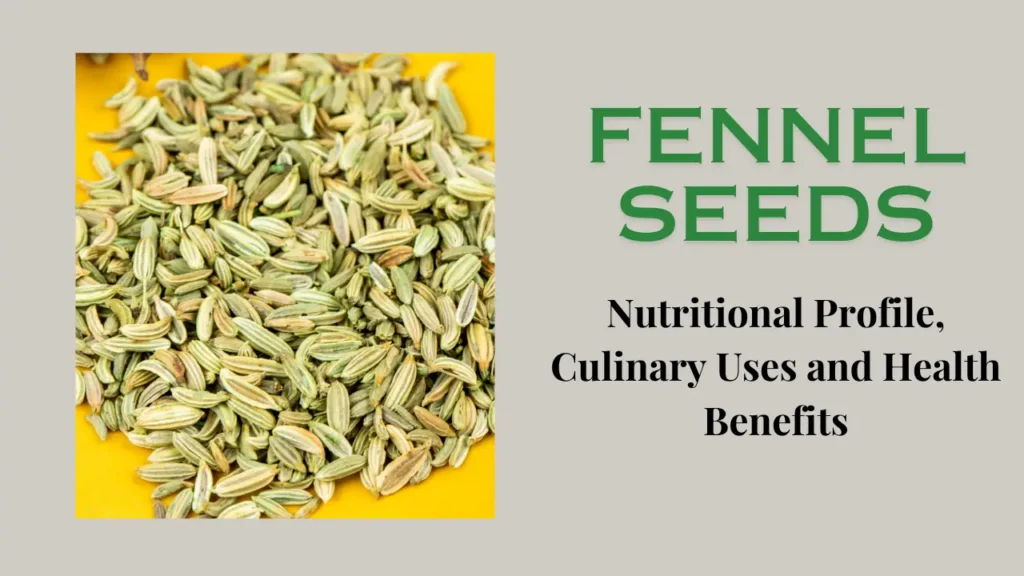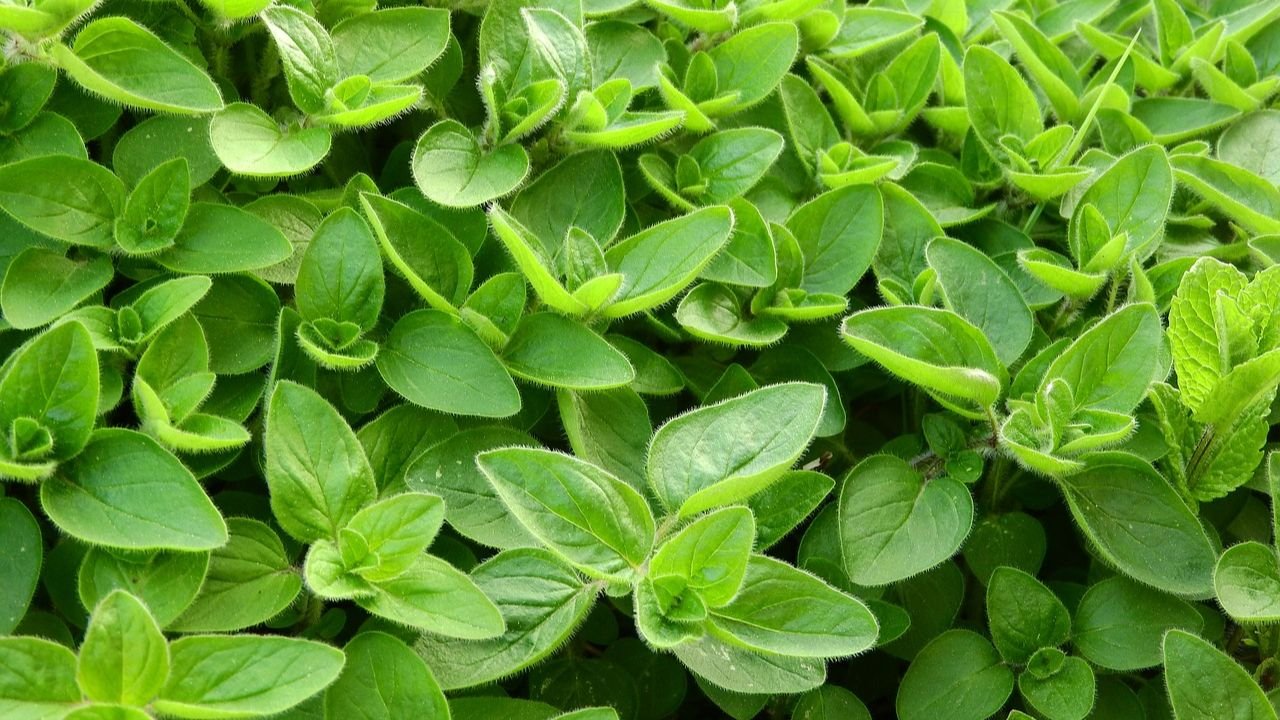
Scientific Name
Synonyms
Family
Habit
- A perennial herb
- Grown as an annual in temperate climates
- Usually grows to 60 cm (24 in) tall
- Smooth, oval leaves and clusters of white to pink flowers blooming in summer.
Habitat
- Native to the Mediterranean region, but now grown worldwide
- Prefer Well-drained, fertile soil
- Like full sun rather than partial shade
- Grown in herb gardens and is also found growing wild in its native habitat.
Common Name
Chemical Composition
- Essential Oils: Thymol, carvacrol, terpinene, sabinene, and linalool.
- Flavonoids: Apigenin, luteolin, and quercetin.
- Phenolic Acids: Rosmarinic acid and caffeic acid.
- Vitamins and Minerals: Vitamin C, vitamin A, calcium, magnesium, and iron.
Plant Parts Used
Properties of Marjoram
Ayurvedic Properties
- Rasa (Taste): Pungent, bitter
- Virya (Energy): Heating
- Vipaka (Post-Digestive Effect): Pungent
Therapeutic properties
Marjoram has antispasmodic properties due to which it relieves muscle spasms and cramps. Apart from this, it also has carminative properties due to which it is used to reduce digestive problems and relieve gas problems. The antimicrobial properties found in it help in fighting infections like bacteria, fungi, and viruses. Due to its antioxidant properties, it helps in reducing oxidative stress by neutralizing free radicals in people’s bodies. It also has properties like anti-inflammatory, sedative, and analgesic which promotes relaxation by reducing inflammation and associated pain and also helps in reducing stress and anxiety.
Forms of Use of Marjoram
- Essential Oil: Essential oil is extracted through steam distillation of the flowering tops. It is used in aromatherapy for its calming and relaxing properties. It can be applied in combination with carrier oils to relieve muscle pain and spasms.
- Infusion (Tea): To make its tea, soak 1-2 teaspoons of dried marjoram leaves in a cup of boiling water for 10-15 minutes and then strain it and drink it. It can help relieve digestive problems and headaches.
- Poultice: Poultices made from its leaves can be applied to bruises, sprains, and swollen areas to reduce pain.
- Culinary Uses: Fresh or dried marjoram leaves can be used as a culinary herb to enhance the flavor of soups, stews, sauces, and salads. It is also necessary to be cautious while using it.
- Herbal Bath: Adding marjoram to bath water relaxes muscles and skin and has a calming effect on the mind.
- Tincture: Marjoram tincture is made by soaking it in alcohol. Consuming a few drops of it mixed in water can provide relief from digestive and respiratory problems.
Precautionary Measures
- Pregnant and lactating women
- People with allergies to the Lamiaceae family
- People with skin sensitivity
- People taking other medicines as it may interact with some medicines
Remember, before starting any new wellness regimen, it’s always best to consult with a healthcare professional to ensure it is suitable for your specific needs and circumstances.

